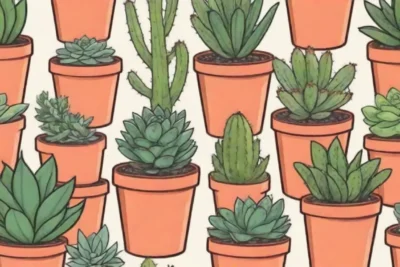
Succulents as a Tool for Environmental Education and Awareness
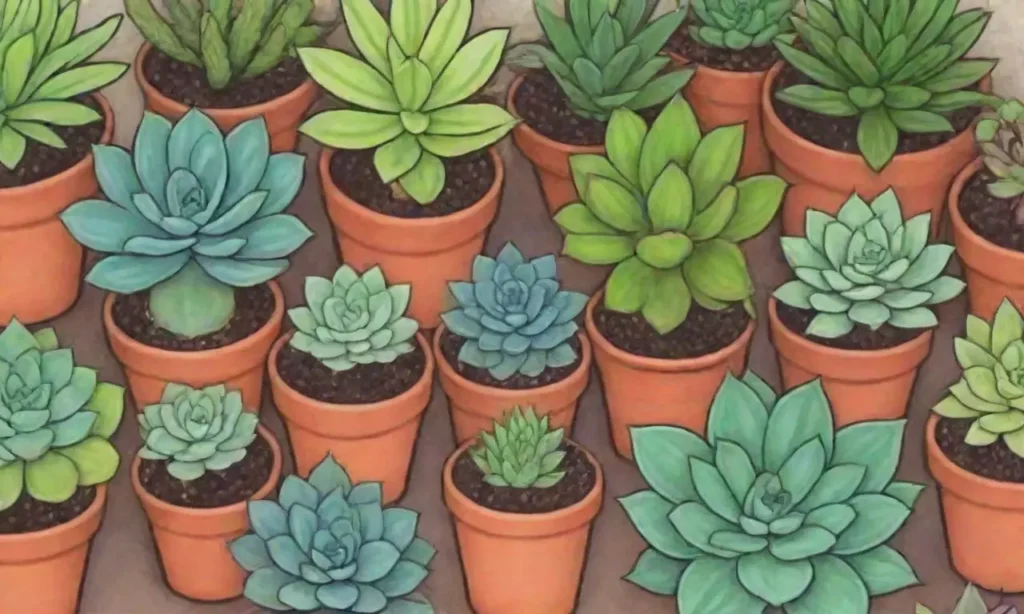
Introduction
In recent years, succulents have captured the hearts of plant enthusiasts and casual gardeners alike. Their distinctive shapes, stunning colors, and low-maintenance needs make them popular choices for both indoor and outdoor gardening. However, succulents offer more than just aesthetic benefits. They serve as powerful tools for environmental education and awareness, allowing educators and advocates to engage communities on critical issues such as climate change, biodiversity, and sustainable practices.
This article delves into how succulents can be employed in various educational contexts. It explores their role in fostering an appreciation for plants, promoting responsible gardening practices, and addressing larger environmental challenges. By highlighting their educational potential, this article aims to illustrate how succulents can become not just a favorite or ornamental addition to homes, but also a vital part of understanding our environment and our responsibility toward it.
The Fascinating World of Succulents
Succulents are a diverse group of plants that have adapted to store water in their leaves, stems, or roots, which makes them highly resilient in arid conditions. With over 10,000 species worldwide, succulents come in various sizes, textures, and colors. They occupy ecological niches that typically suffer from extreme drought, enabling them to thrive where other plants cannot. This unique characteristic allows them to teach valuable lessons about water conservation and adaptation to climate stresses.
Succulents and Adaptation
One of the primary lessons that succulents impart is about adaptation. By examining the ways in which different succulent species manage to survive with limited water resources, students and community members can start to draw parallels to the broader environment. For instance, many succulents use a photosynthesis process called Crassulacean Acid Metabolism (CAM), allowing them to minimize water loss during hot days by opening their stomata at night. Understanding plant adaptations like this can provide critical insights into how living organisms, including humans, must adapt to the changing conditions brought on by climate change.
Using succulents in educational settings can foster discussions about environmental complexity. For instance, educators can encourage students to explore how different ecosystems function and how organisms adapt to their specific surroundings. By growing succulents as a part of their curriculum, students can witness firsthand how these plants respond to varying levels of light and moisture, leading to a deeper understanding of ecosystem dynamics and interdependence.
Water Conservation and Sustainability
In a world that is increasingly grappling with water scarcity, succulents can serve as an important symbol of water conservation. Many communities are becoming aware of the implications of over-watering and inefficient irrigation practices. By incorporating succulents into educational programs, organizations can highlight how these plants exemplify the principles of sustainable gardening.
Workshops on succulent care can introduce participants to xeriscaping, a landscaping philosophy that promotes the use of drought-resistant plants. This can go hand-in-hand with discussions about local watering policies, conservation efforts, and how individual changes can lead to broader environmental benefits. By engaging communities in hands-on succulent gardening, they are encouraged to reflect on their own habits and the impact of their gardening choices on water resources.
Cultivating Empathy for Nature
Growing succulents also cultivates an emotional connection with nature, which is crucial for fostering environmental stewardship. When individuals care for plants, they become more conscious of the life cycles and ecosystems around them. Empathy for the environment is a slow but necessary progression towards fostering responsible citizens who appreciate and advocate for the natural world.
Engaging in gardening activities, such as repotting succulents or sharing cuttings, can further serve to strengthen personal connections with plant life. These acts often invite storytelling about the plants’ origins, ecological significance, or cultural backgrounds, deepening respect for biodiversity and the intricate relationships within ecosystems.
Ultimately, growing succulents is more than a hobby; it becomes a pathway to understanding how humans impact their environment and how simple actions can foster greater ecological health. Encouraging participants to reflect on their personal experiences with plants can ignite meaningful conversations about their roles as environmental advocates.
Succulents in Educational Programs
Integrating Succulents into School Curricula
Educators can incorporate succulents into various subjects, including science, art, and social studies. For instance, in science classes, students can engage in experiments that measure plant growth under different variables, such as varying amounts of sunlight and water. They can utilize data analysis skills to interpret results, discussing the implications of their findings in the context of climate adaptation strategies.
In art classes, students can create terrariums or succulent arrangements that reflect their artistic vision while also learning about plant care and layout design. These projects not only develop creative skills but also showcase the importance of incorporating natural elements into everyday life. The aesthetic appeal of succulents combined with practical gardening challenges can serve as a powerful motivator for students to delve deeper into environmental topics.
Community Workshops and Outreach
Community-centered workshops focusing on succulent gardening can also promote deeper environmental awareness. Local municipalities, gardening clubs, and botanical gardens can offer classes that teach participants not only about succulent care but also about sustainability issues relevant to their areas. For instance, workshops might discuss how to integrate drought-resistant plants into home landscapes, share tips on using rainwater irrigation systems, or provide information about local native plants that can coexist beautifully with succulents.
Creating Educational Campaigns
Finally, organizers can build educational campaigns around the concept of succulents as symbols of sustainable practices. These campaigns might include social media initiatives, local plant swaps, or exhibitions featuring community-grown succulents. Creating visually appealing displays could raise awareness about the environmental issues faced in the community, emphasizing how individuals can contribute positively through their gardening choices.
Through these interactive approaches, succulents can effectively serve as mediators, drawing community members into conversations about environmental education that might otherwise go unaddressed. This holistic learning approach encourages lifelong habits of inquiry, understanding, and respect for nature.
Conclusion
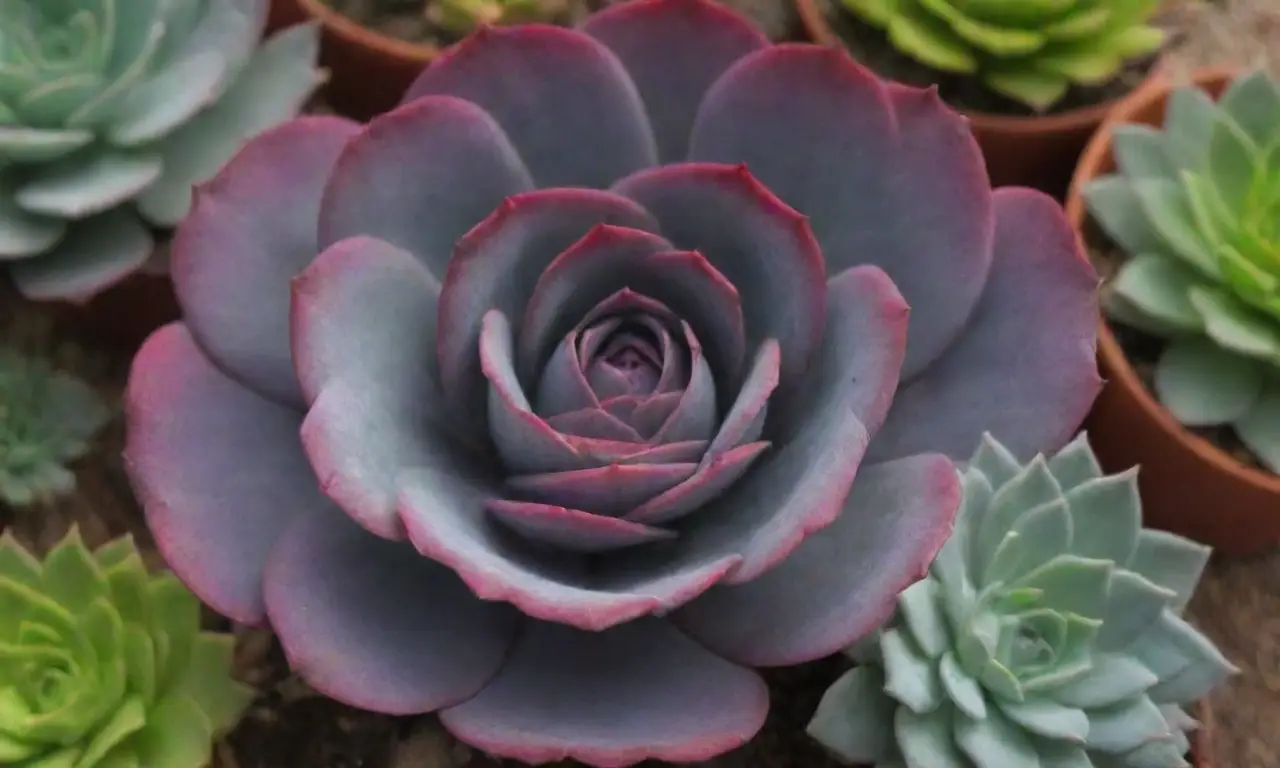
In summary, succulents offer a multifaceted approach to environmental education and awareness. Their unique adaptations and sturdy presence in our homes and gardens provide an ideal avenue for exploring crucial subjects related to water conservation, biodiversity, and sustainable practices. As this article has outlined, incorporating succulents into educational settings can engender a deeper appreciation for our delicate ecosystems while fostering a sense of responsibility toward environmental stewardship.
As educators, community organizers, and advocates, embracing succulents in educational programs can serve as an effective catalyst. They can inspire a new generation to actively engage with their environment and take initiative for its conservation.
Moreover, by nurturing plants that symbolize resilience in adverse conditions, we can better equip ourselves to adapt to the challenges posed by climate change. By cultivating understanding and appreciation for diverse plant life, we empower individuals and communities to take action in their gardens and beyond, thereby promoting a healthier planet for generations to come. Through the beauty and brilliance of succulents, we harness the potential of nature to drive positive change—in ourselves and the world around us.
If you want to read more articles similar to Succulents as a Tool for Environmental Education and Awareness, you can visit the Environmental Benefits category.

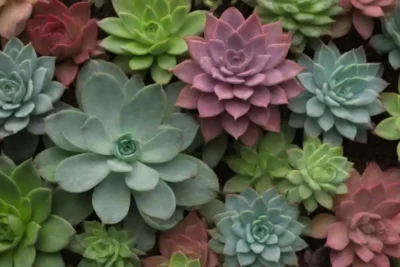
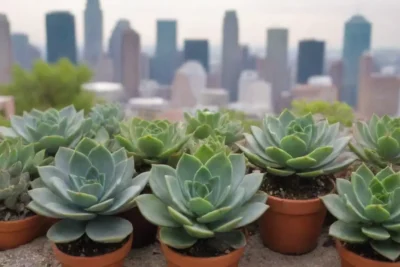

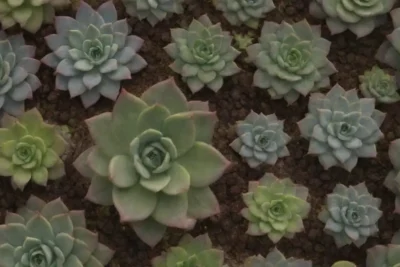
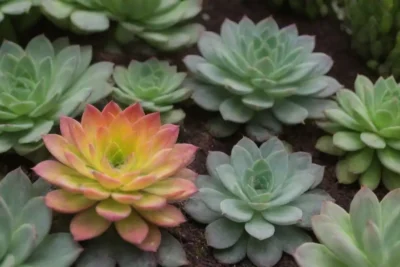
You Must Read